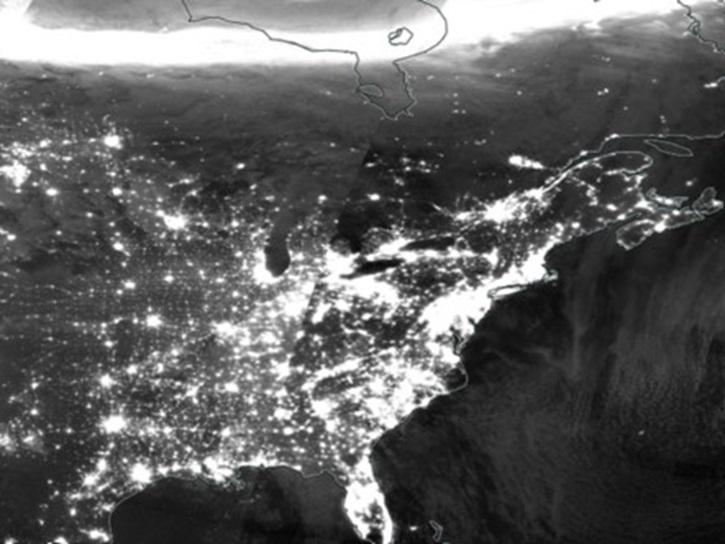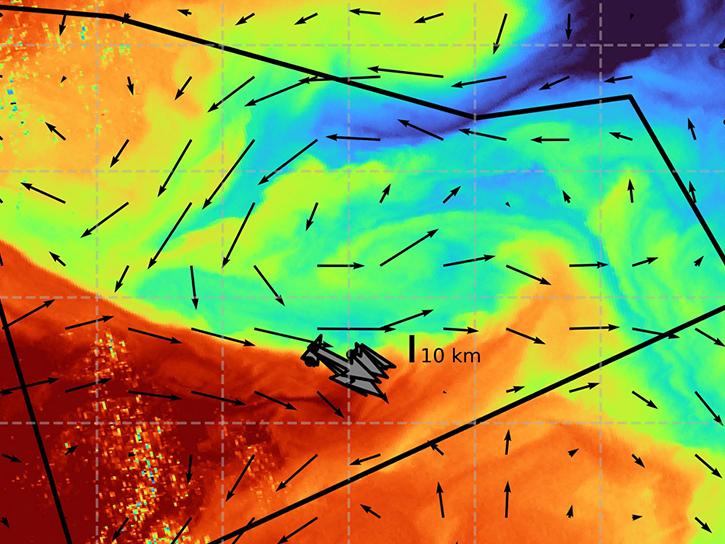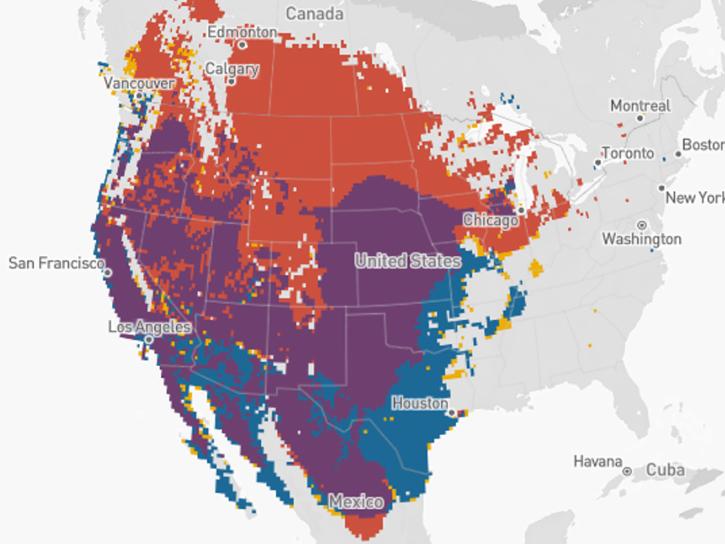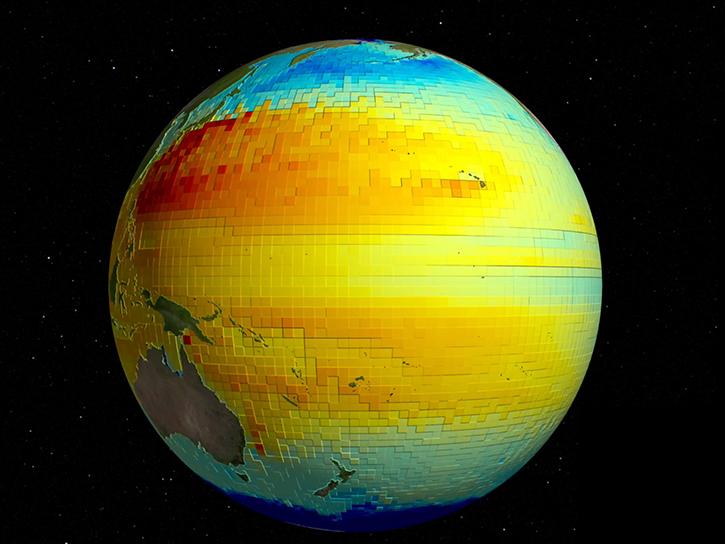We are in the process of migrating all NASA Earth science data sites into Earthdata from now until end of 2026. Not all NASA Earth science data and resources will appear here until then. Thank you for your patience as we make this transition.
Read about the Web Unification Project
Data in Action
All across the planet, NASA Earth science data are used to meet real-world challenges.
Featured Data in Action
5 MIN READ
The eBird project uses NASA data and observations from amateur birdwatchers to provide insights into the decline in avian populations throughout North America.
June 17, 2025
5 MIN READ
A comparison of aurora forecasts with actual satellite observations suggests VIIRS DNB data can enhance space weather prediction efforts.
May 30, 2025
Filters
2 MIN READ
SWOT provides high-resolution data to help researchers monitor the vertical transport of heat and carbon within the ocean.
Sept. 15, 2023
4 MIN READ
The S-MODE project combined airborne remote sensing and in-situ data to reveal upper-ocean dynamics and small-scale ocean features.
Aug. 29, 2023
3 MIN READ
Satellite data provides indicators of El Niño events.
June 15, 2023
7 MIN READ
The eBird tool leverages NASA's remote sensing data to monitor bird populations and habitats and aid in conservation efforts.
May 8, 2023
2 MIN READ
Satellite data reveals the impact of storm runoff on the coastal ocean.
March 1, 2023
5 MIN READ
The Surface Water and Ocean Topography (SWOT) mission will provide the first-ever full view of Earth's freshwater bodies from space.
Dec. 12, 2022
2 MIN READ
SWOT and ECCO can measure sea surface height at different resolutions for monitoring the ocean's vertical heat, carbon transport, and other processes.
Nov. 2, 2022
7 MIN READ
Read publication highlights that detail how ECOSTRESS data reveals water use efficiency patterns, GEDI enables precise forest carbon mapping, and moisture measurements improve wildfire prediction and management.
Aug. 25, 2022
Pagination
SHOWING 8 OF 178









